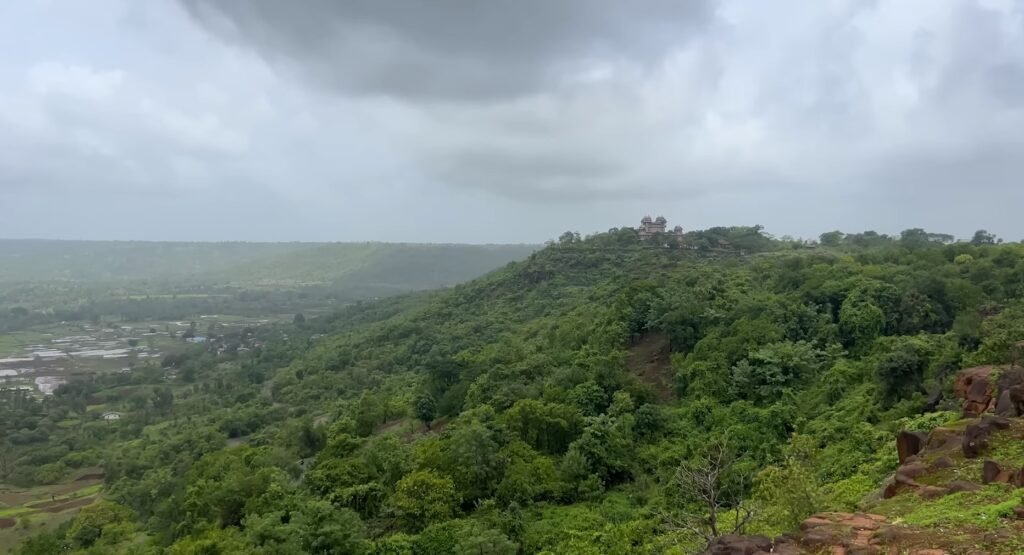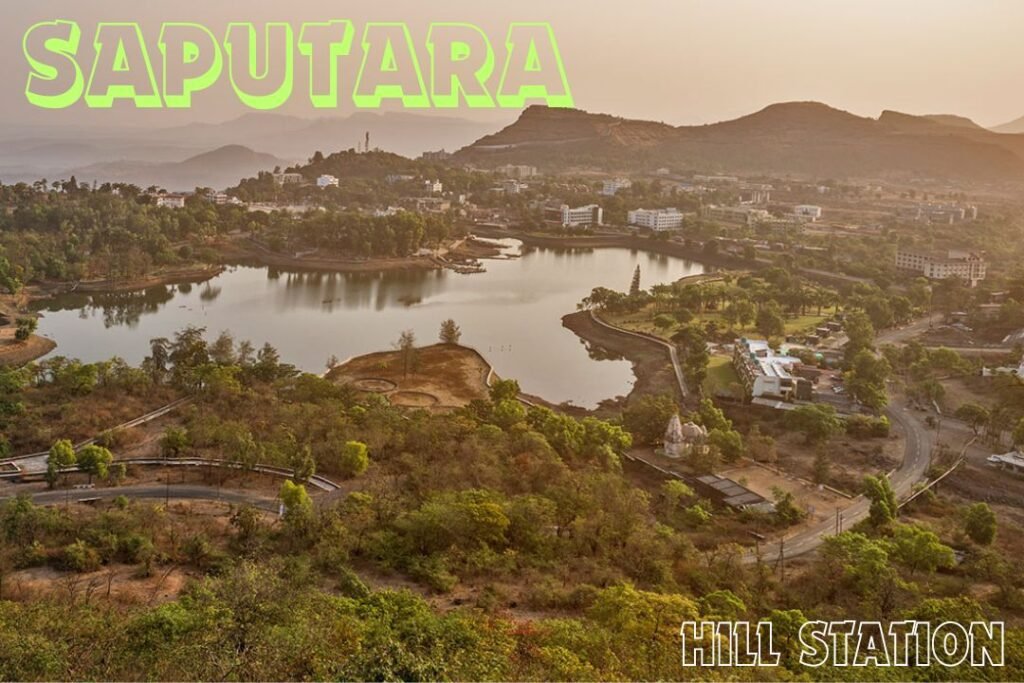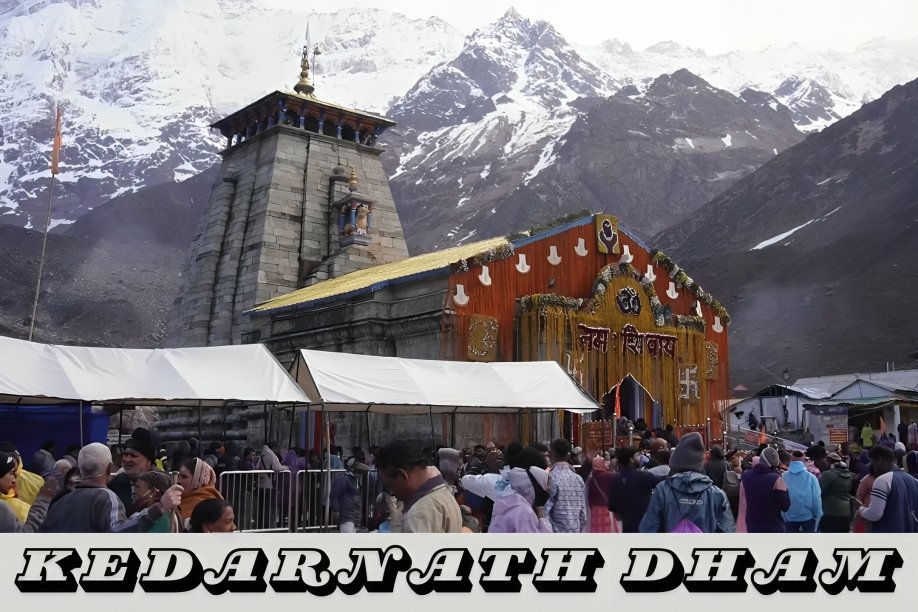Jawhar Hill Station, located in the Palghar district of Maharashtra, is a hidden gem known for its lush green landscapes, cultural heritage, and serene environment. It offers a perfect blend of natural beauty and historical significance, making it an ideal destination for nature lovers, adventure enthusiasts, and history buffs alike.
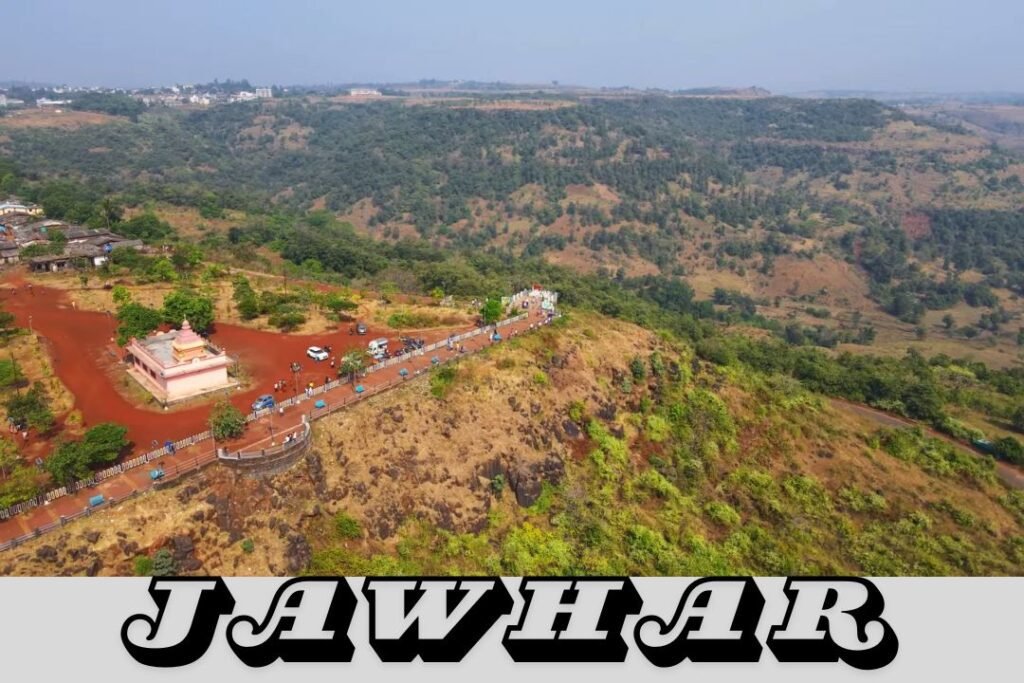
Table of Contents
Key Points
History and Cultural Significance
Jawhar has a rich historical and cultural heritage. It was founded by Raja Jayaba Mukne and served as the capital of the Mukne dynasty. The royal family played a significant role in the region’s development, and their legacy is evident in the historical structures and cultural traditions that persist today. The hill station is known for its tribal heritage, particularly the Warli tribe, famous for their unique Warli paintings, which depicts everyday life and natural elements in a simple yet expressive style. Jawhar was once a princely state and still retains the royal charm with its ancient forts and palaces.
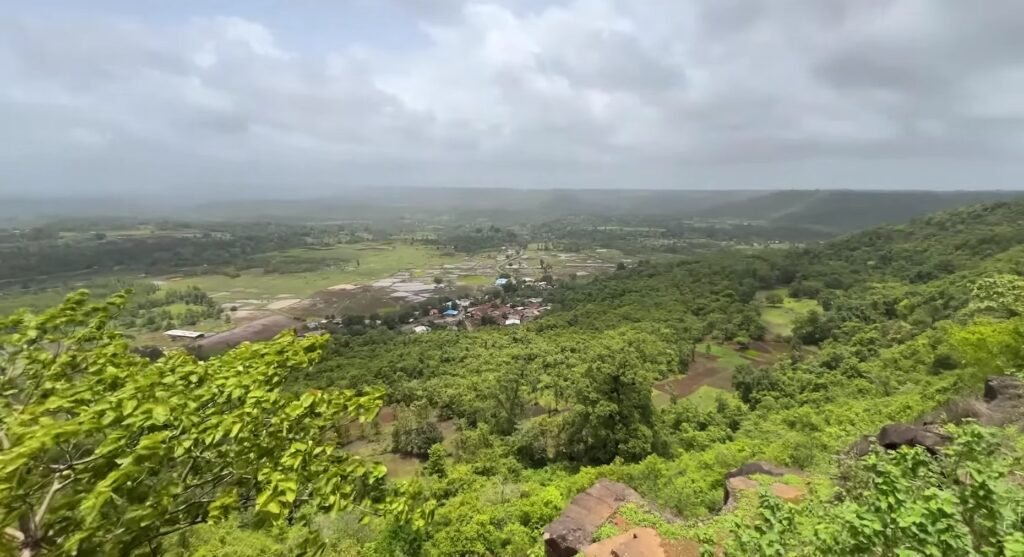

Geographical Overview
Jawhar Hill Station is located at an altitude of around 518 meters above sea level, surrounded by the picturesque Sahyadri mountain range. It boasts a pleasant climate throughout the year, making it a perfect escape from the urban heat and hustle. The region is rich in flora and fauna, with dense forests, rolling hills, and scenic waterfalls.
Additional Activities and Experiences
Local Markets: The local markets are an excellent place to buy traditional Warli paintings, handmade crafts, and local produce. Engaging with local artisans provides deeper insight into their craftsmanship and culture.
Bird Watching: Jawhar’s rich biodiversity makes it a haven for bird watchers. Common sightings include species like the Malabar Whistling Thrush, Indian Pitta, and various species of Kingfishers.
Star Gazing: With minimal light pollution, Jawhar offers clear views of the night sky, making it an ideal spot for star gazing and astrophotography.
Major Attractions in Jawhar Hill Station
Hanuman Point
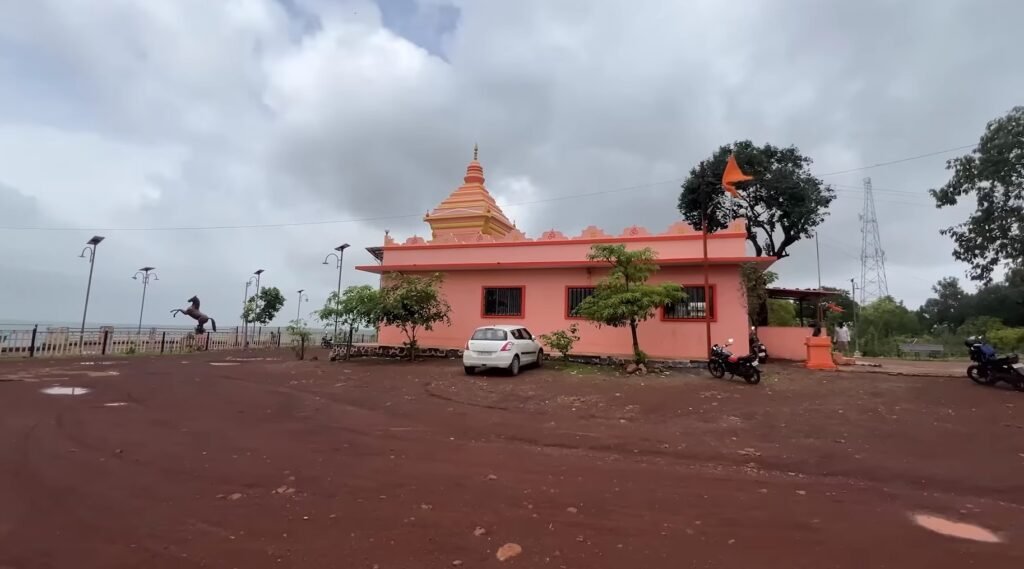
Viewpoint: Hanuman Point, also known as Sunrise Point, offers spectacular views of the sunrise over the lush green valleys and surrounding hills.
Mythological Significance: Named after the Hindu deity Hanuman, it is believed to be a place where Lord Hanuman rested while on his journey to Lanka.
Scenic Beauty: The point provides a panoramic view of the valleys and forests, making it a popular spot for photography and nature lovers.
Relaxation Spot: It’s an ideal location for a peaceful retreat and meditation, away from the hustle and bustle of city life.
Accessibility: Easily accessible by a short trek or drive, it is a must-visit for anyone exploring Jawhar.
Selfie Point
Popular Spot: Selfie Point is a designated area known for its scenic backdrop, perfect for taking selfies and group photos.
View: The point offers a stunning view of the surrounding landscape, making it a favorite among tourists for capturing memories.
Accessibility: Conveniently located near other attractions, making it an easy stop during a day of sightseeing.
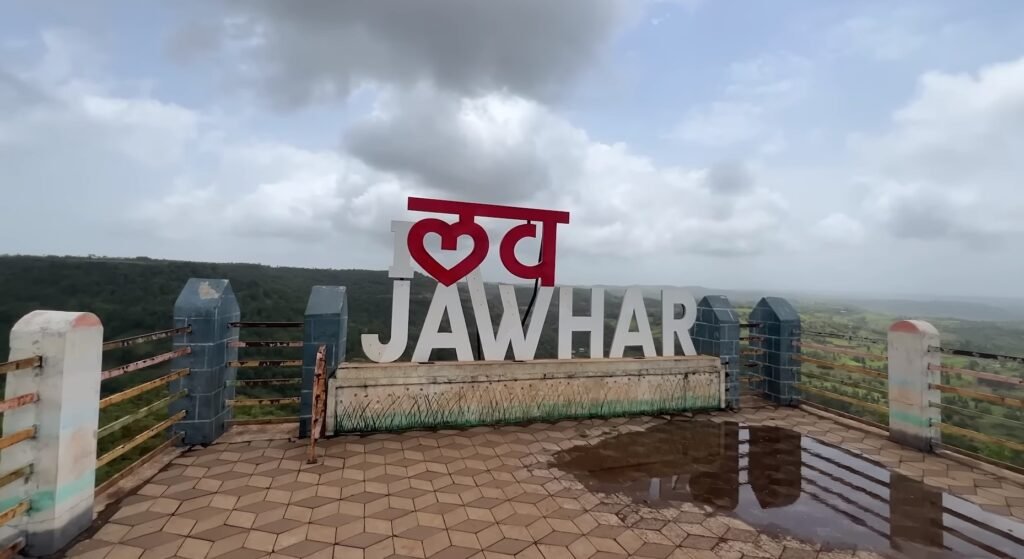
Visitor Facilities: The area often has amenities like benches and railings to ensure safety and comfort while taking photos.
Social Media Friendly: Its picturesque setting makes it ideal for sharing photos on social media, promoting Jawhar as a tourist destination.
Jai Vilas Palace
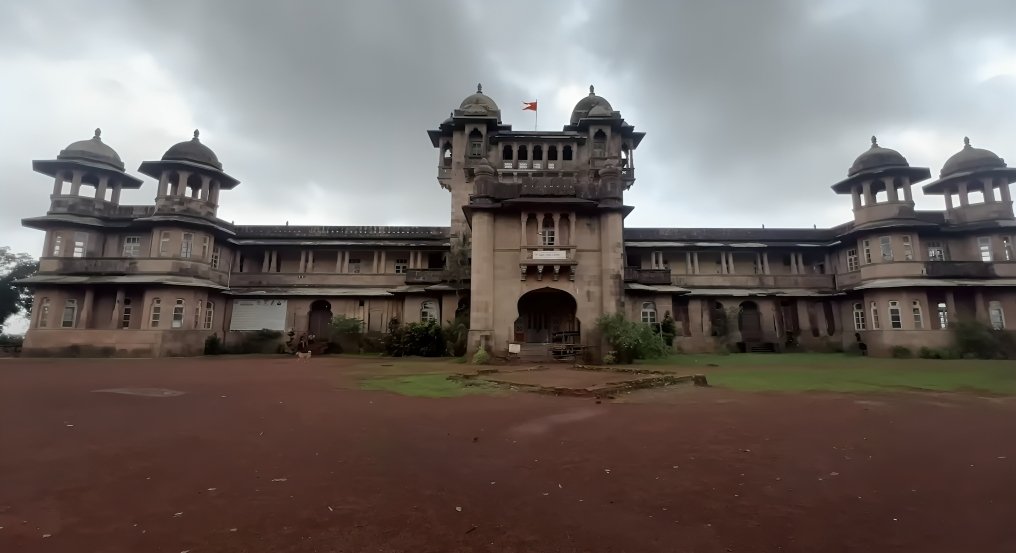
Museum: Parts of the palace have been converted into a museum displaying artifacts, paintings, and furniture from the royal era.
Lush Gardens: The palace is surrounded by well-maintained gardens, providing a serene environment for visitors to explore.
Cultural Significance: It is a testament to the rich cultural history of Jawhar and the Mukne dynasty, making it an essential visit for history enthusiasts.
Shirpamal
Historical Landmark: Shirpamal is a historic site where Chhatrapati Shivaji Maharaj is said to have camped on his way to Surat.
Strategic Location: Located on a hilltop, it offers a strategic vantage point with panoramic views of the surrounding area.
Tourist Attraction: It attracts history buffs and tourists interested in the Maratha history and legacy.
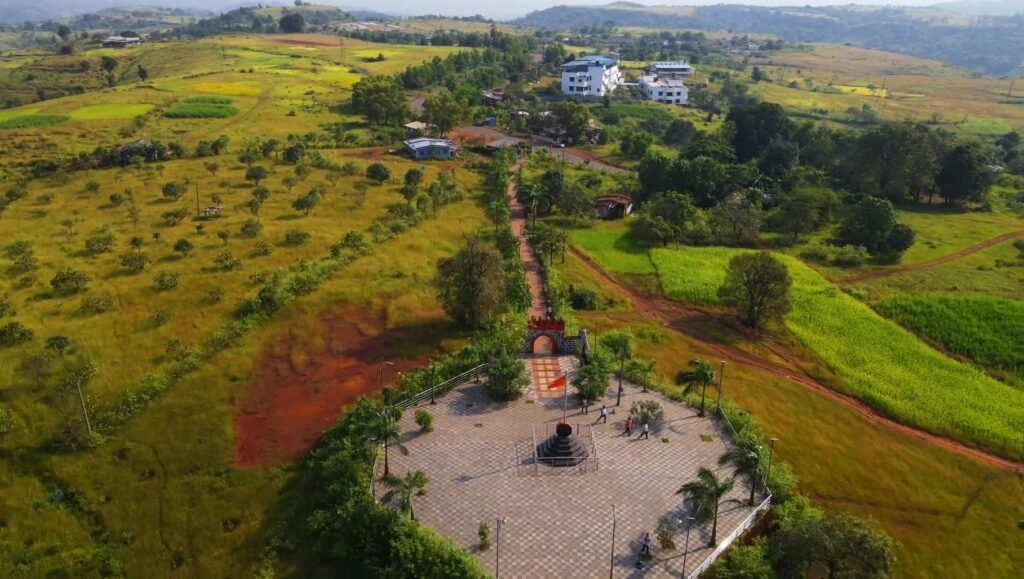
Cultural Heritage: The site holds significant cultural and historical importance, reflecting the Maratha Empire’s history.
Maintenance: The site is maintained as a heritage location, with markers and plaques providing information about its significance.
Jai Sagar Dam
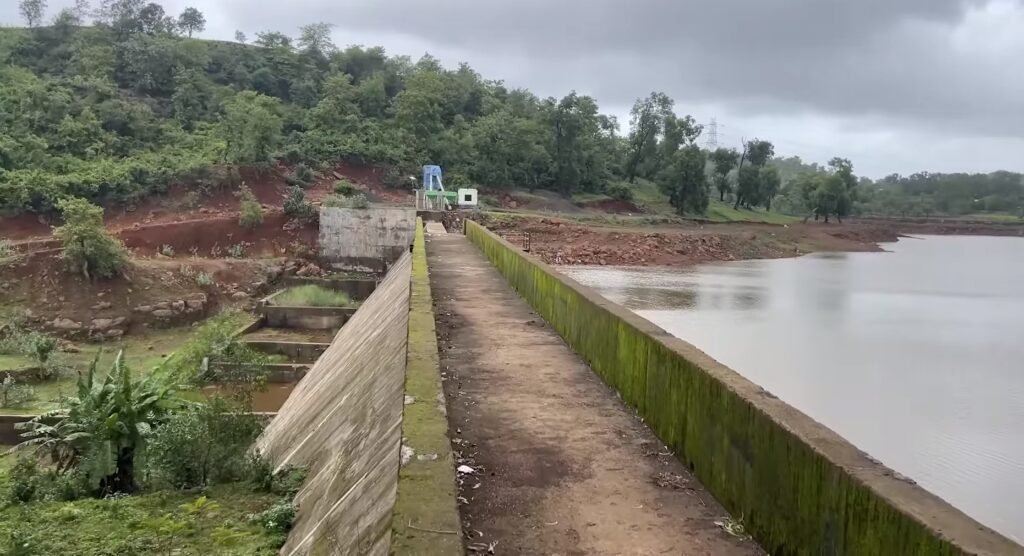
Water Reservoir: Jai Sagar Dam is a crucial water reservoir that supplies water to the town of Jawhar and surrounding areas.
Scenic Spot: The dam is located in a picturesque setting, surrounded by lush greenery and hills, making it a popular spot for picnics.
Fishing: The reservoir is known for fishing activities, attracting local anglers and visitors.
Irrigation: It plays a vital role in irrigation, supporting the agricultural activities in the region.
Visitor Attraction: The dam and its surroundings are a tranquil spot for visitors to relax and enjoy nature.
Khadkhad Dam
Scenic Beauty: Khadkhad Dam is another beautiful dam in Jawhar, known for its serene environment and scenic views.
Picnic Spot: It serves as a popular picnic spot for families and groups, offering a peaceful retreat amidst nature.
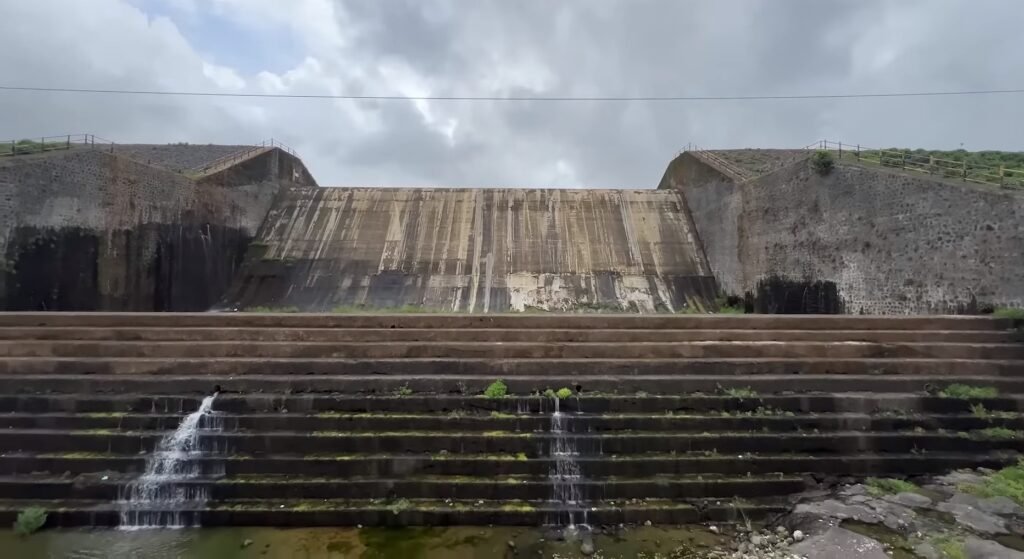
Photography: The dam and its surroundings provide excellent opportunities for photography, particularly during the monsoon season.
Bird Watching: The area around the dam is a habitat for various bird species, making it a good spot for bird watchers.
Water Source: Like Jai Sagar Dam, Khadkhad Dam is also an important water source for the local community and agriculture.
Hiradpada Waterfall

Natural Beauty: Hiradpada Waterfall is known for its mesmerizing beauty, especially during the monsoon season when the water flow is at its peak.
Tribal Area: The waterfall is located near a tribal village, offering a glimpse into the local tribal culture and lifestyle.
Trekking: It is accessible via a short trek, providing an adventurous experience for visitors.
Picnic Spot: The area around the waterfall is ideal for picnics, with plenty of space to relax and enjoy the natural surroundings.
Photography: The waterfall and the surrounding landscape offer excellent photography opportunities, especially for nature and landscape photographers.
Dabhosa Waterfall
Height: Dabhosa Waterfall is one of the highest waterfalls in Maharashtra, with a height of approximately 300 feet.
Adventure Activities: The waterfall is a popular spot for adventure activities such as rappelling, kayaking, and trekking.
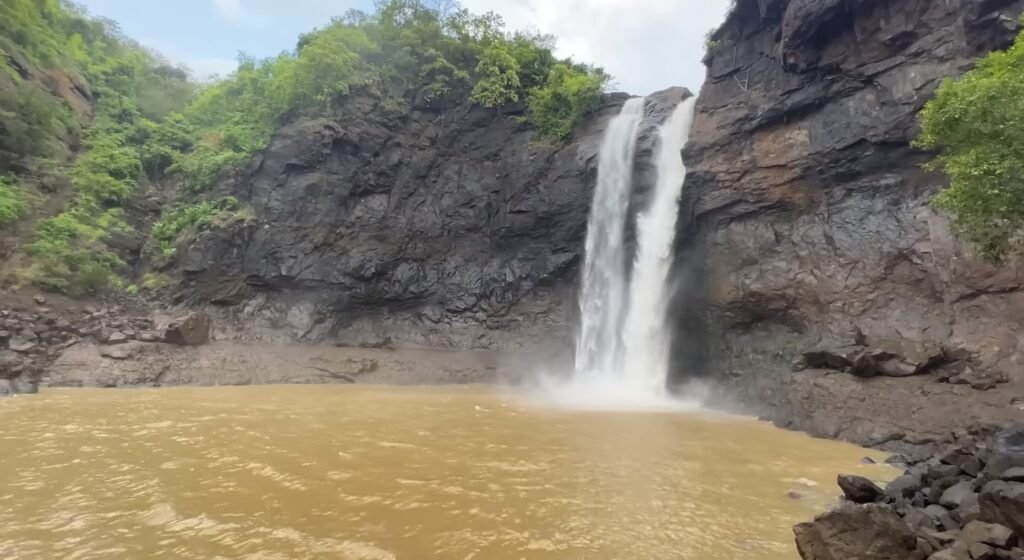
Scenic Spot: The waterfall is surrounded by dense forests and hills, making it a picturesque location for nature lovers.
Camping: The area around the waterfall is ideal for camping, offering a unique experience of staying close to nature.
Best Time to Visit: The waterfall is most spectacular during the monsoon season (June to September), when the water flow is at its peak.
Kalmandavi Waterfall
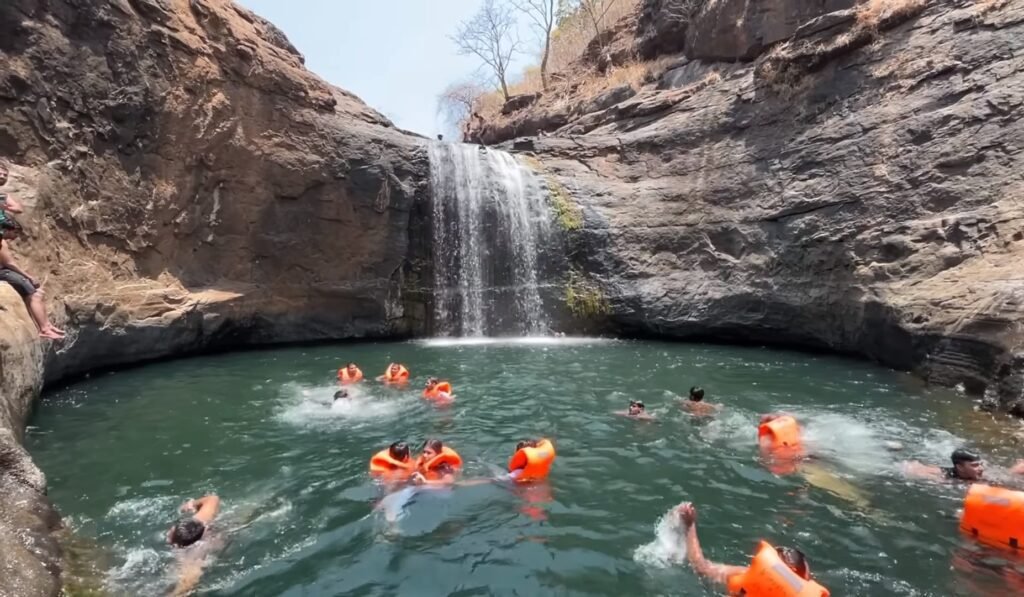
Picnic Spot: The area around the waterfall is ideal for picnics and day outings, with plenty of space to relax and enjoy the natural surroundings.
Photography: The waterfall and its scenic surroundings offer excellent opportunities for photography, particularly during the monsoon season.
Hidden Gem: Kalmandavi Waterfall is a relatively lesser-known waterfall, offering a serene and less crowded experience.
Scenic Beauty: Surrounded by lush greenery and rocky terrain, the waterfall is a beautiful spot for nature lovers.
Trekking: The waterfall is accessible via a trek through the forest, providing an adventurous and immersive experience.

Warli Art
Traditional Art Form: Warli art is a traditional form of tribal painting created by the Warli tribe, known for its simple yet expressive style.
Cultural Significance: The art form depicts everyday life, nature, and folklore, reflecting the cultural heritage of the Warli community.
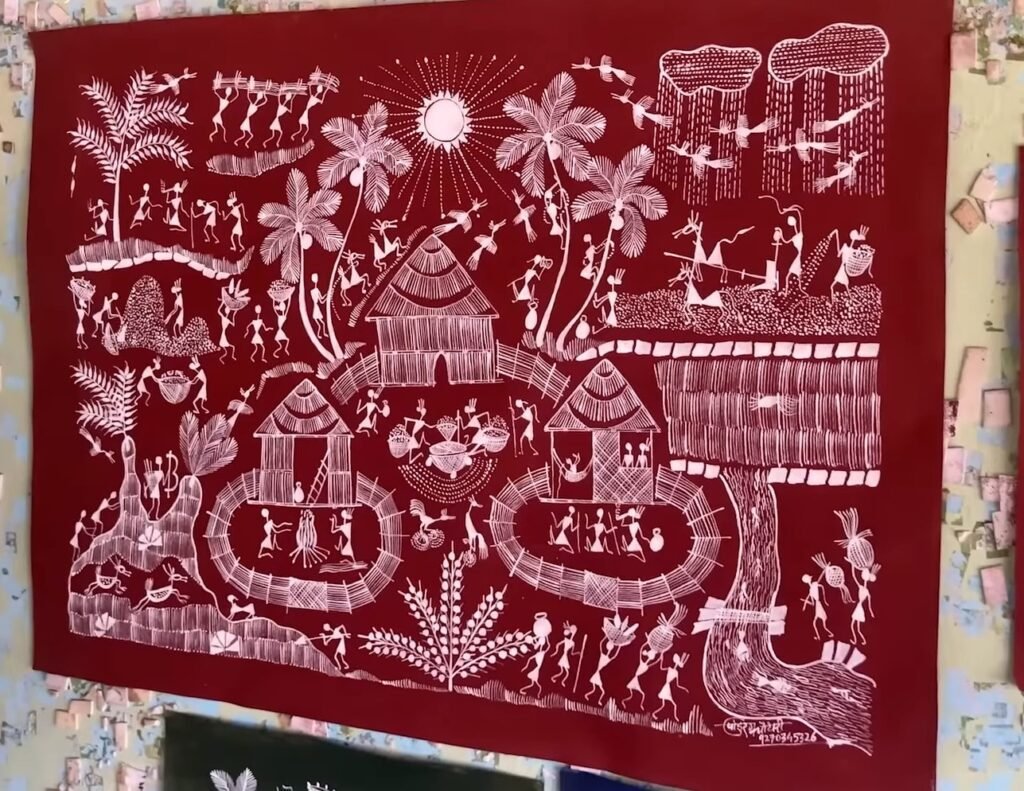
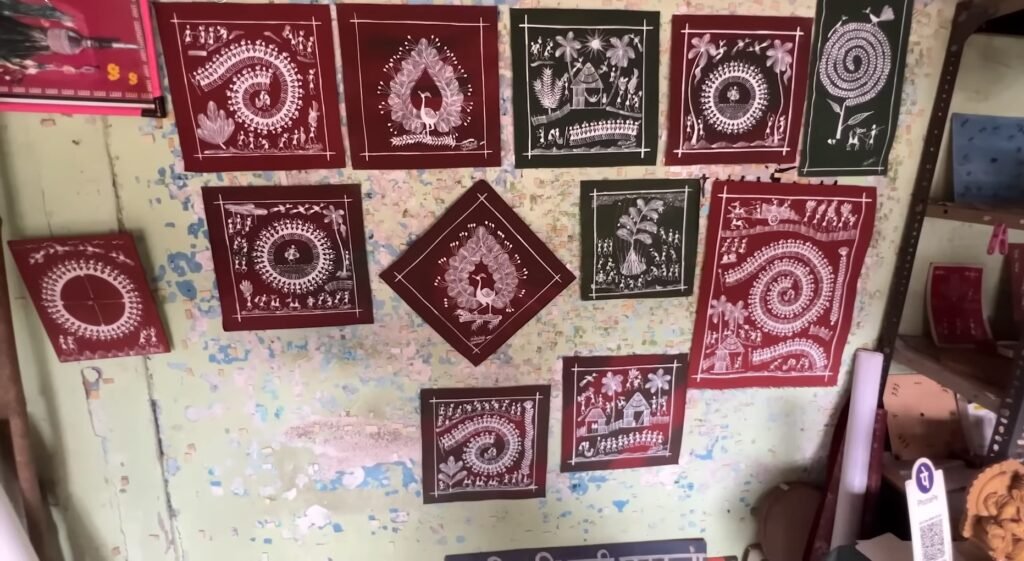
Workshops: Visitors can participate in Warli art workshops, learning about the techniques and creating their own paintings.
Souvenirs: Authentic Warli artworks can be purchased as souvenirs, supporting local artisans and preserving the traditional art form.
Recognition: Warli art has gained recognition and appreciation both nationally and internationally for its unique style and cultural significance.
How to Reach
By Air
Nearest Airport: The nearest airport to Jawhar is Chhatrapati Shivaji Maharaj International Airport in Mumbai, approximately 130 km away.
Connecting Flights: Mumbai Airport is well-connected to major cities in India and abroad, making it the most convenient option for air travelers.
From Airport to Jawhar: From the airport, you can hire a taxi or take a bus to reach Jawhar.
By Train
Nearest Railway Station: The closest railway station is Igatpuri Railway Station, approximately 61 km away.
Train Connectivity: Igatpuri is well-connected to major cities like Mumbai, Pune, Nashik, and other parts of Maharashtra and India.
From Station to Jawhar: From Igatpuri Railway Station, you can hire a taxi or take a bus to reach Jawhar. The drive takes around 1.5-2 hours.
By Road
Self-Drive: Renting a car from Mumbai, Nashik, or Pune is a convenient option for those who prefer to drive. Various car rental services are available in these cities.
- From Mumbai: Jawhar is approximately 130 km from Mumbai. Take the NH848 (Mumbai-Ahmedabad Highway) towards Manor, then turn onto SH78 (Jawhar Road) to reach Jawhar.
- From Nashik: Jawhar is approximately 80 km from Nashik. Take NH848 towards Trimbak, then continue on SH76 to reach Jawhar.
- From Pune: Jawhar is approximately 230 km from Pune. Take the NH60 (Pune-Nashik Highway) to Nashik, then follow the route from Nashik to Jawhar.
State Transport Buses: Maharashtra State Road Transport Corporation (MSRTC) operates regular buses from Mumbai, Nashik, and Pune to Jawhar.
Private Buses: Private bus operators also provide services to Jawhar from major cities in Maharashtra.
Local Transport
Once in Jawhar, local auto-rickshaws and taxis are available for commuting within the town and to nearby attractions.
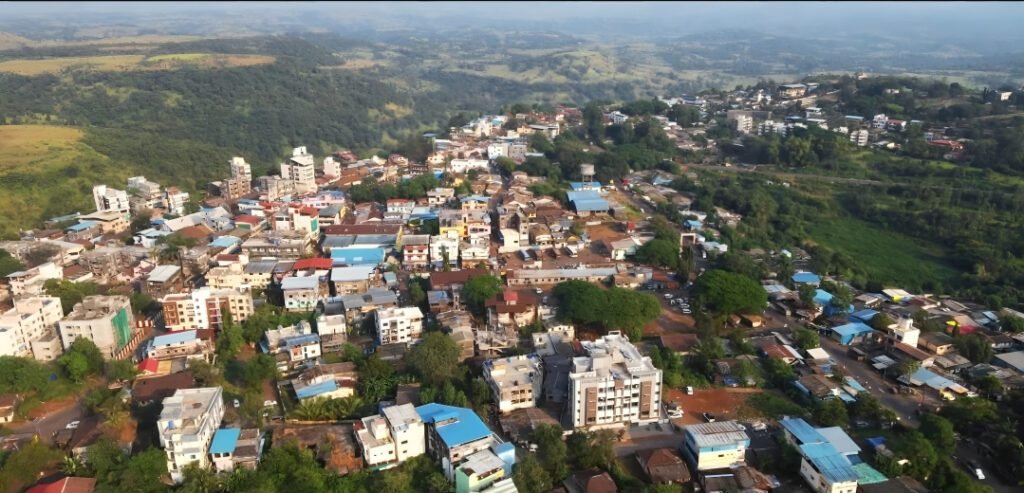
Accommodations
Luxury Hotels
- Jai Vilas Palace: A heritage hotel situated in the historic Jai Vilas Palace, offering a royal experience with modern amenities. ₹5,000 – ₹10,000 per night
- Dabhosa Waterfall Resort: Located near the Dabhosa Waterfall, this resort offers a premium stay with adventure activities. ₹4,000 – ₹8,000 per night
Mid-Range Hotels
- MTDC Resort Jawhar: A government-run resort offering comfortable accommodation with beautiful views of the surrounding hills. ₹2,500 – ₹4,000 per night
- Sai Sagar Hotel: A mid-range hotel offering a comfortable stay with standard amenities. ₹2,000 – ₹3,500 per night
Budget Hotels
- Hotel Neelkanth: A budget-friendly hotel providing basic accommodation with essential facilities. ₹1,000 – ₹2,000 per night
- Hotel Suman: An affordable option with clean rooms and essential amenities. ₹1,000 – ₹1,800 per night
- Guest Houses and Homestays: Several guest houses and homestays offer a more personal and budget-friendly stay. ₹800 – ₹1,500 per night
Local Cuisine
Bhakri: Bhakri is a traditional Indian flatbread made from jowar (sorghum), bajra (pearl millet), or rice flour. It is a staple food in Maharashtra. Typically served with spicy vegetable curries, pickles, and yogurt.
Pithla: Pithla is a savory gram flour (besan) curry, often cooked with onions, tomatoes, and spices.
Vada Pav: Vada Pav is a popular street food consisting of a spicy potato patty (vada) placed inside a bun (pav) with chutneys.
Poha: Poha is a light and nutritious dish made from flattened rice, cooked with onions, mustard seeds, turmeric, and garnished with coriander and lemon.
Kanda Bhaji: Kanda Bhaji is a deep-fried snack made from onions coated in a spicy gram flour batter.
Misal Pav: Misal Pav is a spicy curry made from sprouted beans, topped with onions, coriander, and served with pav (bread rolls).
Thalipeeth: Thalipeeth is a multigrain pancake made with a mixture of flours, spices, and sometimes vegetables.
Sabudana Khichdi: A popular dish made from soaked sabudana (tapioca pearls) sautéed with peanuts, potatoes, and spices.
Kande Pohe: Similar to Poha, but with added ingredients like peanuts and curry leaves for enhanced flavor.
Warli Art-Inspired Dishes: Some local eateries offer dishes inspired by Warli art, often presented in traditional styles or with artistic touches.
Travel Tips and Safety Advice
Best Time to Visit:
- Monsoon (June to September): Ideal for witnessing the lush greenery and waterfalls in full flow. However, be prepared for heavy rains.
- Winter (October to February): Pleasant weather with cool temperatures, making it perfect for outdoor activities and sightseeing.
- Avoid Summer (March to May): The temperatures can rise significantly, making travel uncomfortable.
Transportation:
- Local Transport: Utilize local taxis, auto-rickshaws, or hired vehicles to explore the hill station. Public transport options might be limited.
- Self-Drive: If driving yourself, ensure your vehicle is well-maintained and equipped for hilly terrain. Carry a spare tire, and check the weather and road conditions.
Accommodation:
- Book in Advance: Especially during peak seasons or weekends, as accommodations can fill up quickly.
- Check Reviews: Look for recent reviews and ratings of hotels or resorts to ensure quality and reliability.
Packing Essentials:
- Weather-Appropriate Clothing: Pack layers if visiting in winter, and rain gear if traveling during the monsoon.
- Comfortable Footwear: For exploring and trekking, wear comfortable and sturdy shoes.
Photography:
- Capture views: Capture the panoramic views of the valleys and the changing colors of the sky during sunrise. Utilize the scenic backdrop for creative selfies and group photos. Use a waterproof cover for your camera or phone. Capture the waterfall from different angles for dramatic shots.
Local Etiquette:
- Respect Local Customs: Dress modestly and follow local customs and traditions, especially when visiting religious sites.
- Animal Encounters: Avoid feeding or approaching wildlife. Maintain a safe distance and follow local guidelines.
- Adherence: Follow local laws and regulations, including those related to environmental conservation and respect for local customs.
Weather Conditions:
- Monsoon Hazards: Be cautious of landslides and slippery roads during the monsoon. Avoid traveling on risky routes in heavy rain.
- Sun Protection: In summer, use sunscreen, wear a hat, and stay hydrated to protect yourself from the sun.
Personal Safety:
- Secure luggage: Keep your luggage secure and avoid carrying large amounts of cash. Use hotel safes for valuables.
- Travel in Groups: If possible, travel with others, especially when exploring remote areas.
Adventure Activities:
- Guided Tours: For activities like trekking or visiting waterfalls, consider hiring a local guide to ensure safety and get the most out of your experience.
- Equipment: Use appropriate gear for adventure activities and follow safety instructions provided by operators.
Conclusion
Jawhar Hill Station is an enchanting destination that offers a rich tapestry of natural beauty, cultural heritage, and adventure. Whether you’re looking to explore ancient forts, marvel at cascading waterfalls, immerse yourself in tribal culture, or simply relax in a serene environment, Jawhar has something to offer every traveler. Plan your visit to this hidden gem and experience the unspoiled charm of Jawhar Hill Station with GujjuTraveling.
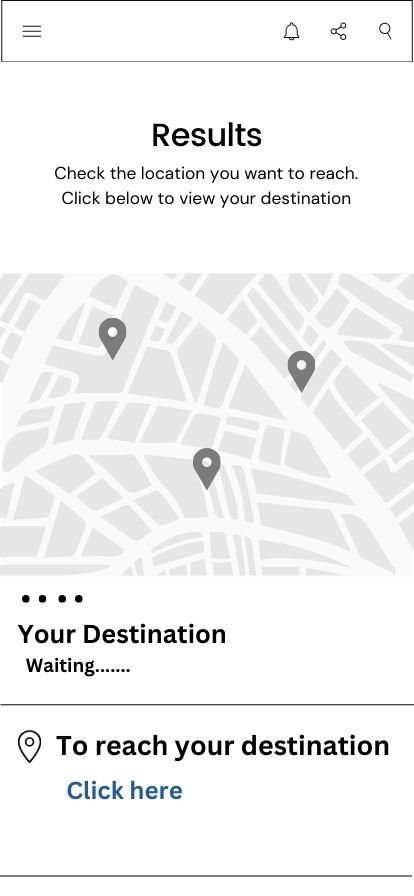
Frequently Asked Questions (FAQs)
What is Jawhar Hill Station known for?
Jawhar Hill Station is known for its scenic beauty, lush greenery, waterfalls, and tribal culture. It offers picturesque landscapes, historical sites like Jai Vilas Palace, and various attractions including Dabhosa Waterfall, Hanuman Point, and Warli art.
What is the best time to visit Jawhar Hill Station?
The best time to travel to Jawahar is from October to March, when the weather is cool and ideal for outdoor activities. The monsoon season (June to September) enhances the beauty of waterfalls but can also lead to heavy rainfall and slippery roads.
How do I reach Jawhar Hill Station?
By Air: The nearest airport is Chhatrapati Shivaji Maharaj International Airport in Mumbai, approximately 130 km away.
By Train: The nearest railway station is Igatpuri, around 61 km away.
By Road: Jawhar is accessible by road from Mumbai, Nashik, and Pune. It is well-connected by state transport buses and private taxis.
What are some popular attractions in Jawhar?
Popular attractions include Hanuman Point, Selfie Point, Jai Vilas Palace, Shirpamal, Jai Sagar Dam, Khadkhad Dam, Hiradpada Waterfall, Dabhosa Waterfall, Kalmandavi Waterfall, and Warli art.
Are there accommodation options in Jawhar?
Yes, Jawhar offers a range of accommodation options including luxury hotels like Jai Vilas Palace, mid-range resorts like MTDC Resort Jawhar, and budget hotels like Hotel Neelkanth and Sai Sagar Hotel. There are also guest houses and homestays available.
Are there any photography points in Jawhar?
Yes, notable photography points include Hanuman Point for sunrise views, Selfie Point for scenic backgrounds, Dabhosa Waterfall for dramatic water shots, Shirpamal for panoramic views, and Warli art for traditional artwork.
Is Jawhar Hill Station suitable for adventure activities?
Yes, Jawhar offers adventure activities such as trekking, waterfall visits, and exploring scenic spots. The region’s natural beauty provides ample opportunities for outdoor and adventure enthusiasts.
What should I pack for a trip to Jawhar Hill Station?
Pack comfortable clothing suitable for the weather, waterproof gear if visiting during the monsoon, sturdy footwear for trekking, a camera for photography, and a basic first aid kit. Also, consider packing local currency and any necessary personal medications.
Are there any local festivals or cultural events in Jawhar?
Jawhar hosts various local festivals and cultural events, including traditional tribal festivals celebrated by the Warli community. These festivals give a better understanding of the local culture and traditions.
Can I find local guides or tour operators in Jawhar?
Yes, local guides and tour operators are available to assist with sightseeing tours, adventure activities, and cultural experiences. It’s advisable to book these services in advance for a more organized and informative visit.

